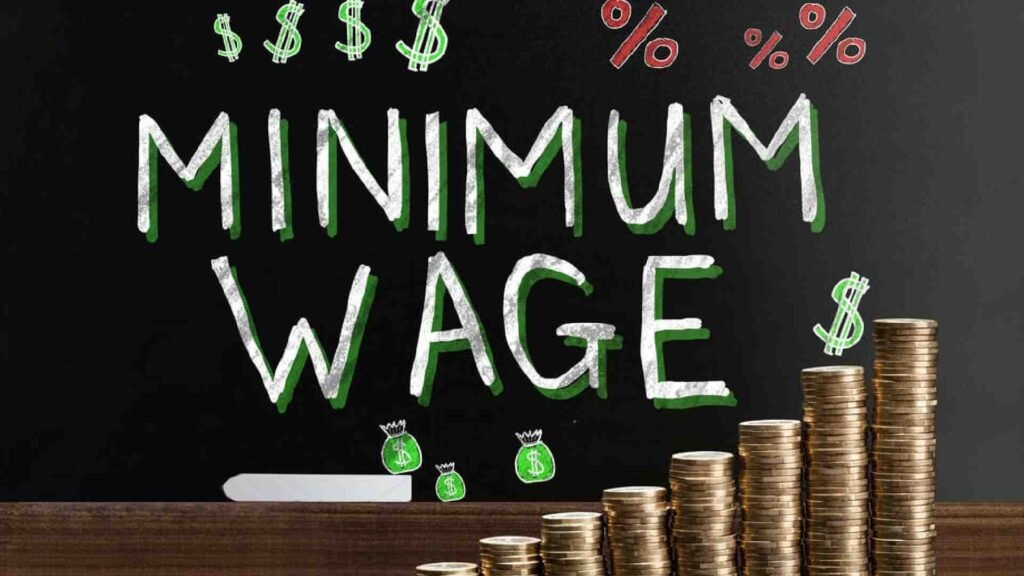Minimum Wage Calculator
Select a country to see its approximate minimum wage (hourly), and then calculate estimated daily, weekly, and monthly wages. Disclaimer: This is a demo with static data. Real minimum wages vary by region, industry, age, etc., and may have changed. Always verify official sources.

